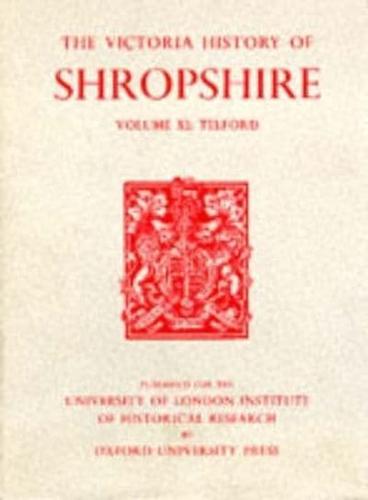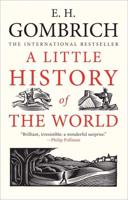Publisher's Synopsis
Volume XI, relating to an area between the left bank of the Severn and the Weald Moors, covers most of the east Shropshire coalfield. Two parishes from the borough of Wenlock and eight from Bradford hun-dred contributed territoryto Telford New Town and the volume opens with an account of the town's planning and growth since designation (as Dawley) in 1963. Prehistoric settlement centred on the Wrekin in the late Iron Age. Uxacona stood on Watling Street,which crosses the area. Post-Roman settlement was earliest north of Watling Street; to the south settle-ments were smaller in woodland cleared at a later date. Lilleshall abbey, Wombridge priory, and other monasteries nearby hadlarge interests in the area's growth. Wen-lock priory established a market at Madeley in 1269 but Wellington proved a more successful town, becoming one of Shrop-shire's three largest in the 18th century. The area cradled the industrial Revolution. Seventeenth-century coal and iron works grew rapidly after the 13th-century innova-tions, of the Darbys of Coalbrookdale, and the Iron Bridge (opened 1780) symbolizes the area's entrepreneurial talent. From c.1850, however, and despite the growth of Oakengates, the area declined; it has been for Telford new town to reverse that decline. In the north Telford's rural sur-roundings comprise land sloping down to the Weald Moors; in the westthe Wrekin dominates Aston, Little Wenlock, and other secluded villages. To the south the scenery and historic remains of Coalbrook-dale and the Severn Gorge are now sedulously conserved. The volume includes an account of Bradford hundred.











